How to Tan Without Burning: Safe Tanning Tips for a Healthy Glow
We’ve all been there. You dream of that first sun-kissed glow of the season, a warm testament to lazy beach days. But instead of a gradual, healthy tan, you end up with a painful, lobster-red sunburn that peels away, leaving you back at square one. What if you could break this cycle? What if achieving a golden hue didn’t have to come with the risk of pain and long-term skin damage?
The secret isn’t a magic potion; it’s a strategy. Learning how to tan without burning is the key to a sustainable, healthy-looking glow. It’s not about baking for hours; it’s about working with your skin, not against it. This guide will walk you through the science-backed methods to get that coveted colour while keeping your skin safe, healthy, and radiant for years to come.
The Golden Rule: Understanding the Difference Between a Tan and a Burn
Before we dive into the how, it’s crucial to understand the why. A suntan and a sunburn are both signs of skin damage, but they represent very different levels of it.
- A sunburn is an acute inflammatory reaction. When UVB rays penetrate the skin, they cause direct damage to the DNA in your skin cells. Your body responds by rushing blood to the area to repair the damage, resulting in redness, pain, and swelling. It’s a clear signal that your skin’s defence mechanisms have been overwhelmed. According to the Skin Cancer Foundation, even one blistering sunburn in childhood or adolescence can nearly double your risk of developing melanoma later in life.
- A Suntan is your skin’s attempt to protect itself from further injury. When UVA rays penetrate deeper into the skin, they cause oxidative stress. In response, your skin cells (melanocytes) produce more melanin—the brown pigment that gives skin its colour. This melanin moves to the surface to act as a natural, albeit weak, sunscreen. Think of a tan as your body’s biological umbrella—it’s a sign that your skin has already been stressed.
Essentially, a tan is a visible sign of skin damage, not a sign of health. The goal of learning how to tan without burning is to minimize the cumulative damage by avoiding the acute, catastrophic damage of a burn.
Know Your Skin: What’s Your Fitzpatrick Type?
Your ability to tan is largely written in your DNA. The Fitzpatrick Scale, developed by dermatologist Thomas B. Fitzpatrick, classifies skin types based on their response to UV radiation. Understanding where you fall can help you set realistic expectations and tailor your sun exposure strategy.
| Fitzpatrick Skin Type | Typical Features | Tanning and Burning Tendency |
| Type I | Very pale skin, often with freckles, red or blonde hair, blue eyes | Always burns, never tans |
| Type II | Fair skin, blonde or light brown hair, blue/green/hazel eyes | Burns easily, tans minimally with difficulty |
| Type III | Light to beige skin, any hair or eye colour | Burns moderately, tans gradually to a light brown |
| Type IV | Olive or light brown skin | Burns minimally, tans easily to a moderate brown |
| Type V | Brown skin | Rarely burns, tans profusely to a dark brown |
| Type VI | Deeply pigmented dark brown to black skin | Virtually never burns, always tans darkly |
If you’re a Type I or II, your primary goal should be sun protection, not tanning. A sunless tanner will be your best friend. For Types III and IV, it’s possible to learn how to tan without burning with careful, gradual exposure. Even Types V and VI need sunscreen to protect against UVA aging and skin cancer risks, even if burning is rare.
Also Read This :How to Tan Without Burning
Your Step-by-Step Guide on How to Tan Without Burning
Ready for the practical steps? This isn’t a race. Patience is your most important tool.
The Foundation: Exfoliation and Hydration
Before you even step into the sun, prep your canvas.
- Exfoliate: The day before planned sun exposure, gently exfoliate your skin. This sloughs off dead, dry skin cells, creating a smooth, even surface. An even surface tans more uniformly, preventing patchiness. Avoid harsh scrubs; a soft loofah or chemical exfoliant works well.
- Hydrate: Well-hydrated skin tans better and resists peeling. Drink plenitude of water before, during, and after sun exposure. Also, moisturize your skin after exfoliating. Hydrated skin is healthy skin.
Sunscreen is Non-Negotiable (Yes, Really!)
This is the most critical step in the entire process of how to tan without burning. Forget the old wives’ tale about using coconut oil or SPF 4. A broad-spectrum sunscreen is your best ally for achieving a gradual, safe tan.
- Choose Broad-Spectrum: This protects you from both UVA (aging) and UVB (burning) rays. You need protection from both.
- Find Your SPF Sweet Spot: Dermatologists recommend an SPF of 30 or higher for daily use. For intentional tanning, an SPF between 15 and 30 is a good compromise for those with skin types III and above. It filters out about 93-97% of UVB rays, allowing a small, manageable amount of UV to stimulate melanin production without causing a burn.
- Apply Liberally and Often: Most people apply only 25-50% of the recommended amount. You need a shot glass-full (one ounce) for your entire body. Reapply every two hours, and incontinently after swimming or heavy sweating.
Timing is Everything: Gradual Exposure
The key to learning how to tan without burning is to start slow. Do not spend three hours in the midday sun on your first day.
- Avoid Peak Hours: The sun’s rays are strongest between 10 a.m. and 4 p.m. Aim for early morning or late afternoon sun sessions.
- Start Short: Begin with just 10-20 minutes of exposure per side (front and back). This is especially important on your first few days.
- Increase Gradually: Slowly add 5-10 minutes to your exposure time each day, paying close attention to how your skin is reacting. If you see any pinkness, it’s time to get out of the sun.
Protect Those Peepers (and Lips!)
Your skin isn’t the only thing that needs protection. UV rays can damage your eyes and the delicate skin on your lips.
- Wear Sunglasses: Choose sunglasses that offer 100% UV protection.
- Use a Lip Balm with SPF: Your lips can burn too, and a lip burn is particularly painful. Use a dedicated SPF lip balm and reapply it often.
- Increase Gradually: Slowly add 5-10 minutes to your exposure time each day, paying close attention to how your skin is reacting. If you see any pinkness, it’s time to get out of the sun.
Beyond the Sun: Boosting Your Tan Safely
Your approach to how to tan without burning isn’t limited to what you do outside. What you put in your body can also help.
The “Tan-From-Within” Diet?
While no food will replace sunscreen, certain nutrients can bolster your skin’s natural defence against UV damage. Think of it as an internal layer of protection.
- Antioxidants are Key: Foods rich in antioxidants help fight the free radicals generated by UV exposure. This can potentially reduce oxidative stress and the resulting damage.
- Lycopene: Found in cooked tomatoes, watermelon, and pink grapefruit. Some studies, like one published in the British Journal of Dermatology, suggest lycopene may provide a small degree of photoprotection.
- Beta-Carotene: Found in carrots, sweet potatoes, and spinach. It contributes to a warm skin tone and acts as an antioxidant.
- Omega-3 Fatty Acids: Found in fatty fish like salmon, these healthy fats have anti-inflammatory properties that may help soothe skin.
The Ultimate Safe Alternative: Sunless Tanning
For a guaranteed way to get a glow with zero UV damage, sunless tanning is the undisputed winner. Modern formulas have come a long way from the orange streaks of the past.
- DHA-Based Products: These contain dihydroxyacetone (DHA), a colour additive that reacts with amino acids in the dead layer of your skin to produce a brown colour. It’s FDA-approved and safe for topical use.
- Application is Key: The secret to a natural-looking sunless tan is exfoliation first, followed by a smooth, even application using a mitt. Wash your hands thoroughly afterward and moisturize daily to make the tan last longer.
After-Sun Care: Locking In Your Glow
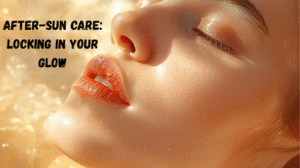
What you do after sun exposure is just as important for maintaining healthy skin and prolonging your tan.
- Cool Down: Take a lukewarm or cool shower to soothe your skin.
- Moisturize, Moisturize, Moisturize: Hydrated skin holds onto a tan longer. Use a rich, fragrance-free moisturizer or a dedicated after-sun lotion containing aloe Vera or soy to replenish lost moisture and calm any irritation.
Conclusion: A Glow That Lasts a Lifetime
Learning how to tan without burning is a shift in mindset. It’s about embracing a gradual, mindful approach to the sun. By understanding your skin, respecting the power of UV rays, and using sunscreen strategically, you can achieve a beautiful glow while significantly reducing the risks of premature aging and skin cancer.
Remember, the healthiest glow often comes from a combination of smart sun practices, nourishing foods, and the occasional help of a superb sunless tanner. Your skin is your largest organ—treat it with care, and it will reward you with a radiance that’s truly healthy from the inside out.
Also Read More: How to Tan Without Burning
Frequently Asked Question (FAQs)
Can I really get a tan while wearing high-SPF sunscreen?
Absolutely. This is one of the biggest misconceptions about how to tan without burning. A high-SPF sunscreen (30-50) does not block 100% of UV rays. It filters out a very high percentage (97-98% for SPF 30), allowing a tiny, controlled amount of UV radiation to reach your skin. This slow, minimal exposure is precisely what stimulates melanin production (a tan) without the DNA damage that causes a burn. It’s the safest and most effective way to build a gradual, longer-lasting glow.
I have very fair skin that only burns (Fitzpatrick Type I/II). Is there any safe way for me to tan?
For skin types that “always burn and never tan,” the safest and most effective way to achieve a sun-kissed look is through sunless tanning products. The genetic reality is that your skin produces primarily pheomelanin (the red/blonde pigment associated with burning) instead of eumelanin (the brown/black pigment of a tan). Intentional UV exposure, even with sunscreen, poses a significant risk. Embrace high-quality self-tanners, tinted moisturizers, or spray tans for a realistic, healthy glow with zero risk of UV damage.
Does building a “base tan” actually protect me from sunburn?
A “base tan” provides a very minimal level of protection, equivalent to an SPF of about 3 or less. This is not sufficient to prevent sunburn or protect against long-term skin damage. Relying on a base tan for protection is a dangerous myth. In fact, acquiring that base tan means you have already sustained UV damage. The only reliable way to protect your skin is by applying a broad-spectrum sunscreen of SPF 30 or higher.
Are tanning beds a safer alternative to the sun since they’re controlled?
No, quite the opposite. The World Health Organization (WHO) has classified tanning beds as a Group 1 carcinogen, meaning they are in the same cancer-risk category as tobacco and asbestos. Tanning beds primarily emit intense UVA radiation, which penetrates deep into the skin and causes premature aging (wrinkles, sunspots) and significantly increases the risk of melanoma, the deadliest form of skin cancer. There’s no safe way to use a tanning bed.
What should I do if I accidentally get a sunburn while trying to tan?
If you notice signs of sunburn (redness, pain, warmth), act immediately:
- Get Out of the Sun: Move indoors or into full shade right away.
- Cool the Skin: Take a cool bath or shower, or apply cool, damp clothes to the affected areas for 10-15 minutes several times a day.
- Hydrate and Moisturize: Drink extra water and apply a gentle, alcohol-free moisturizer. Aloe Vera gel or a lotion containing soy can be very soothing.
- Use Anti-Inflammatories: An over-the-counter anti-inflammatory like ibuprofen can help reduce swelling and pain.
- Avoid Further Irritation: Do not exfoliate or use harsh products on the burned skin. Let it heal completely before even thinking about sun exposure again. If the burn is severe with blistering, covers a large area, or is accompanied by fever or chills, consult a healthcare professional.
Conclusion: Your Yukevalo Journey Begins Now
Learning how to visit Yukevalo Island is about more than just plotting points on a map. It’s about preparing for a transformative experience in one of Europe’s last true wilderness areas. This isn’t a destination for passive sightseeing; it’s a place that invites you to actively engage with the elements—to feel the crunch of Arctic snow, to witness the surreal glow of the midnight sun, and to stand in silence under a sky dancing with green fire.
Whether you seek the adrenaline of winter adventures, the serenity of a summer hike, or the breath-taking palette of the autumn Ruska, Yukevalo offers a profound connection to nature that stays with you long after you’ve returned home. The journey may require a bit more planning, but the reward is an authentic, uncrowded, and utterly magical Arctic escape.
So, which Yukevalo will you choose? The decision is yours, and the adventure is waiting.
Frequently Asked Questions (FAQs) About Visiting Yukevalo Island
- Do I need a visa to visit Yukevalo Island, Finland?
Finland is part of the Schengen Area. Travelers from many countries, including the US and UK, can visit visa-free for up to 90 days. However, it is crucial to check the latest visa requirements with the Finnish Border Guard or your local Finnish embassy before you travel, as regulations can change. - Is Yukevalo Island suitable for families with young children?
Absolutely! Finland is incredibly family-friendly. In winter, children will love gentle husky safaris, reindeer farm visits, and the chance to play in the snow. Summer offers easy, marked nature trails and safe swimming spots. Many accommodations provide family rooms and equipment like sleds and child carriers. - What is the currency, and are credit cards widely accepted?
The currency in Finland is the Euro (€). Credit and debit cards are accepted almost universally, even for small purchases in remote locations like the cafes and hotels in Kola. It’s still wise to carry some cash for emergencies, but you can rely on your card for the vast majority of transactions. - How many days are enough to experience Yukevalo Island?
We recommend a minimum of 3 to 4 nights to truly soak in the atmosphere. This allows you time to arrive, overcome any travel fatigue, enjoy a few key activities (like a hike to the summit and a Northern Lights tour), and simply relax without feeling rushed. A longer stay of 5-7 days lets you explore more deeply, perhaps trying multiple activities or simply unwinding in the peaceful environment. - What language is spoken, and will English be sufficient?
The official languages are Finnish and Sámi. However, English is spoken fluently by nearly everyone in the tourism industry, including hotel staff, guides, and restaurant workers. You will have no trouble communicating. Learning a few basic Finnish phrases like “Heir” (Hello) and “Kites” (Thank you) is always appreciated as a sign of respect.



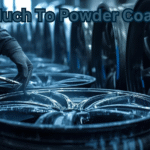

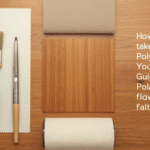

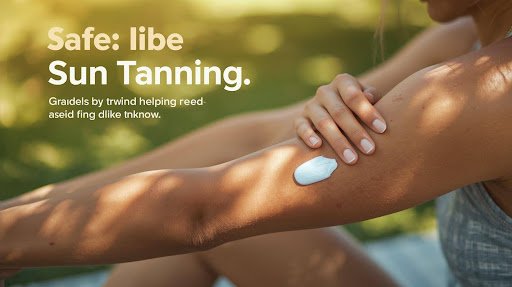
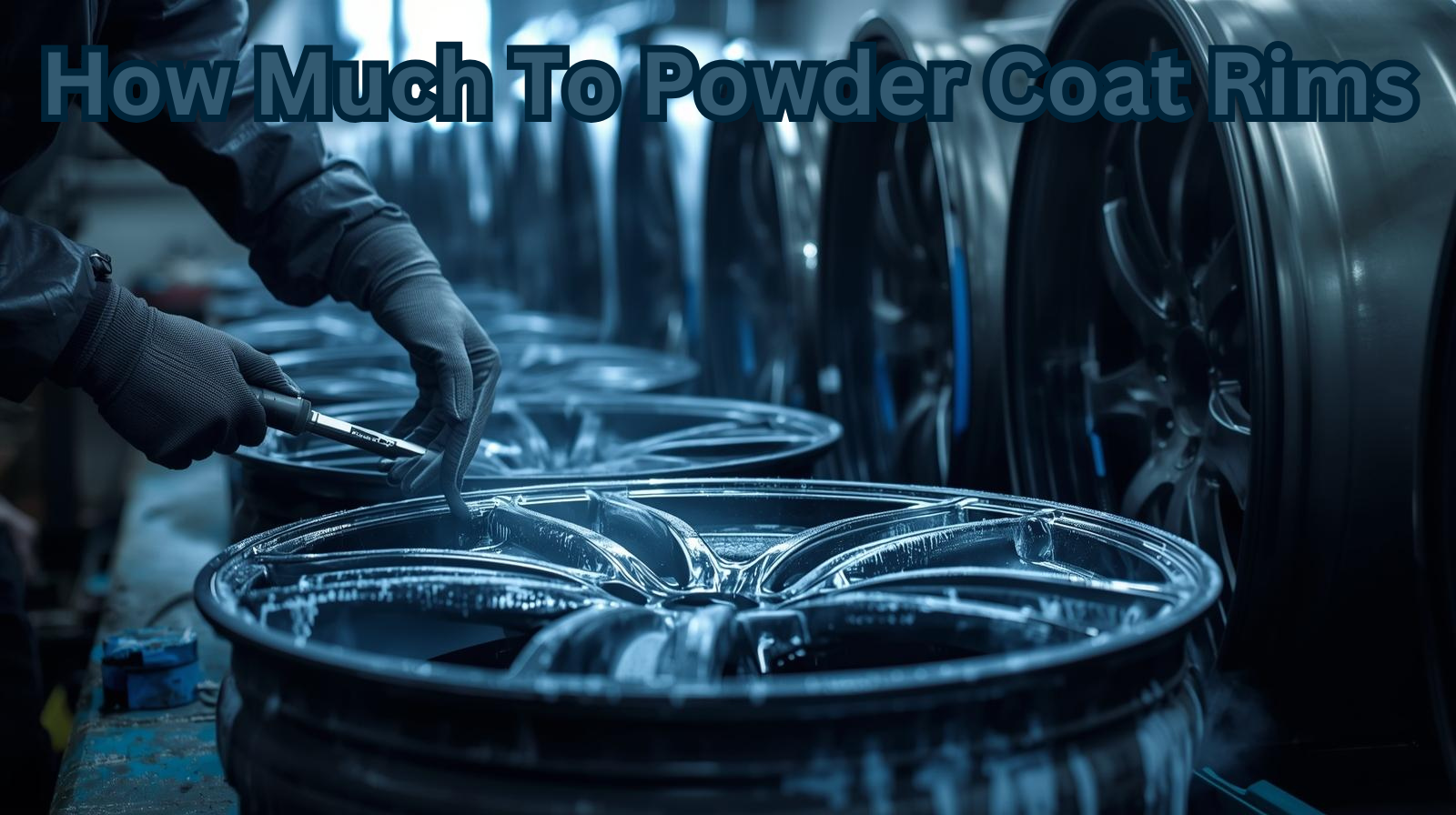

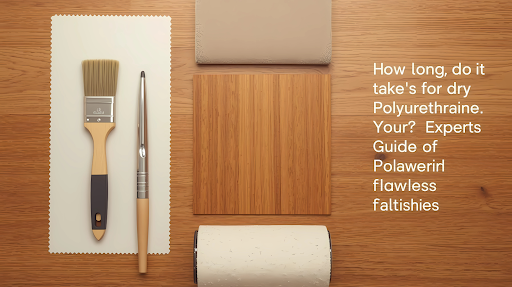

One thought on “How to Tan Without Burning: Your Guide to a Safe, Healthy Glow”